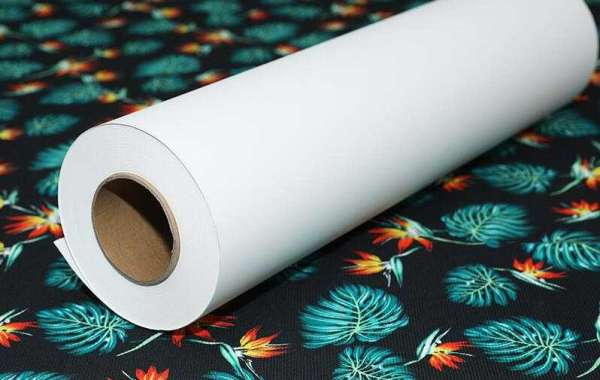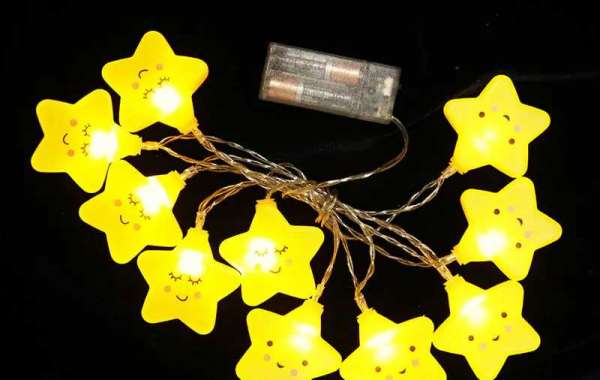Digital printing technology is developing rapidly. Therefore, it is a multi-industry industry. We can see that screen printing factories can now provide digital printing, and logo shops can also provide clothing. We have seen this kind of industry adaptation happen with the emergence of eco-solvent printers, and now we can see this in dye sublimation paper printers.
Dye sublimation transfer is to use an inkjet printer equipped with transfer ink to print an image on sublimation transfer paper in a mirror-reversal manner, and then heat it to about 230°C by a heat press. The sublimation ink dispersed on the sublimation transfer paper will penetrate into the carrier in the form of vaporization, so that the color of the image on the paper can be vividly transferred to fashion textiles, home decorations, banners, mugs, metals and other materials.
Advantages of sublimation printing
High-quality printout:
The main advantage of the sublimation printer is the photo-level print quality.
Unique coating function:
Coating is a unique function of sublimation paper. Since the sublimation printer is mainly used to print photo-level images, the overall color feeling will be brighter and more vivid by printing the image on the coated transfer paper. It also has waterproof and anti-oxidant functions.
Few print heads:
The sublimation printing machine does not have the problem of ink droplet diffusion such as UV and DTG, and the printing accuracy is very high. Without ink dots, thermal transfer ink will not have the problem of nozzle clogging. As we all know, sublimation ink uses dispersed water-based ink and does not need to use white ink. Daily maintenance is maintained, and the print head is rarely clogged.
Of course, it also has limitations. Sublimation transfer printing is only applicable to polyester-based fabrics. 100% cotton has no effect! This is because the ink is only combined with polyester materials. In addition, sublimation printing is a dyeing process, so it is the perfect result for light-colored substrates.
What should I pay attention to in sublimation printing?
- Have a clean working environment:
1). The sublimation paper should be kept clean and free of dust, fingerprints, oil stains, etc.;
2). Ensure that substrates such as fabrics are clean and free of dirt, debris, oil and other dirt;
- Heat transfer temperature:
The heat transfer temperature varies according to different materials, hot pressing devices and the temperature of the hot pressing zone. Don't blindly pursue a higher or (lower is better) heat transfer temperature. Generally, the temperature is between 170°C and 240°C.
- Heat transfer pressure:
The heat transfer pressure should be adjusted to the most appropriate level. If the pressure is too high, it is easy to damage the printed matter. If it is too small, a better transfer effect cannot be achieved. After adjusting to the best stamping pressure, the pressure adjustment should be locked to avoid changes during mass production.
- Heat transfer time:
The transmission speed of tacky sublimation paper should be determined according to the specific substrate. Generally speaking, the faster the speed, the higher the production efficiency.








